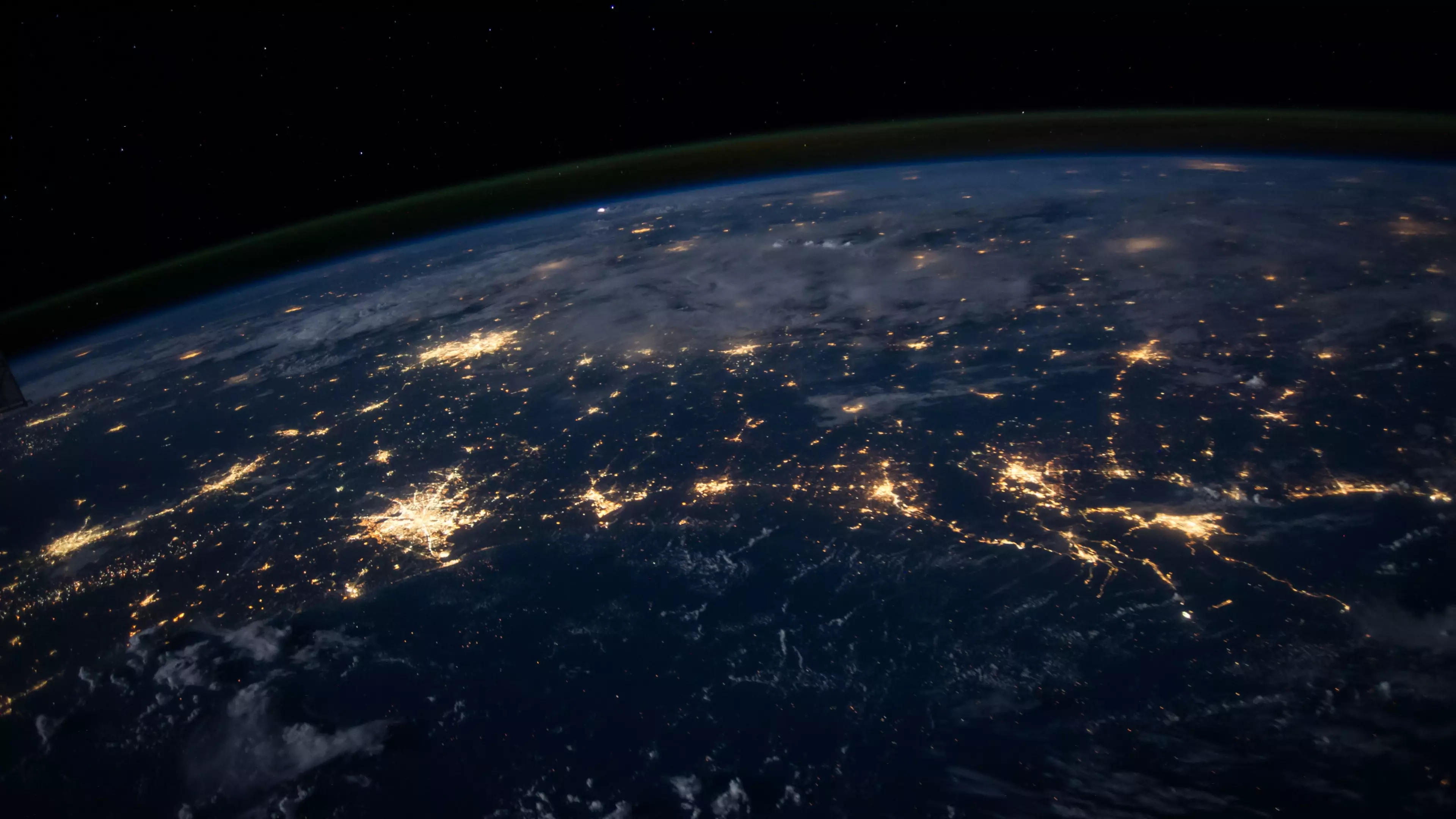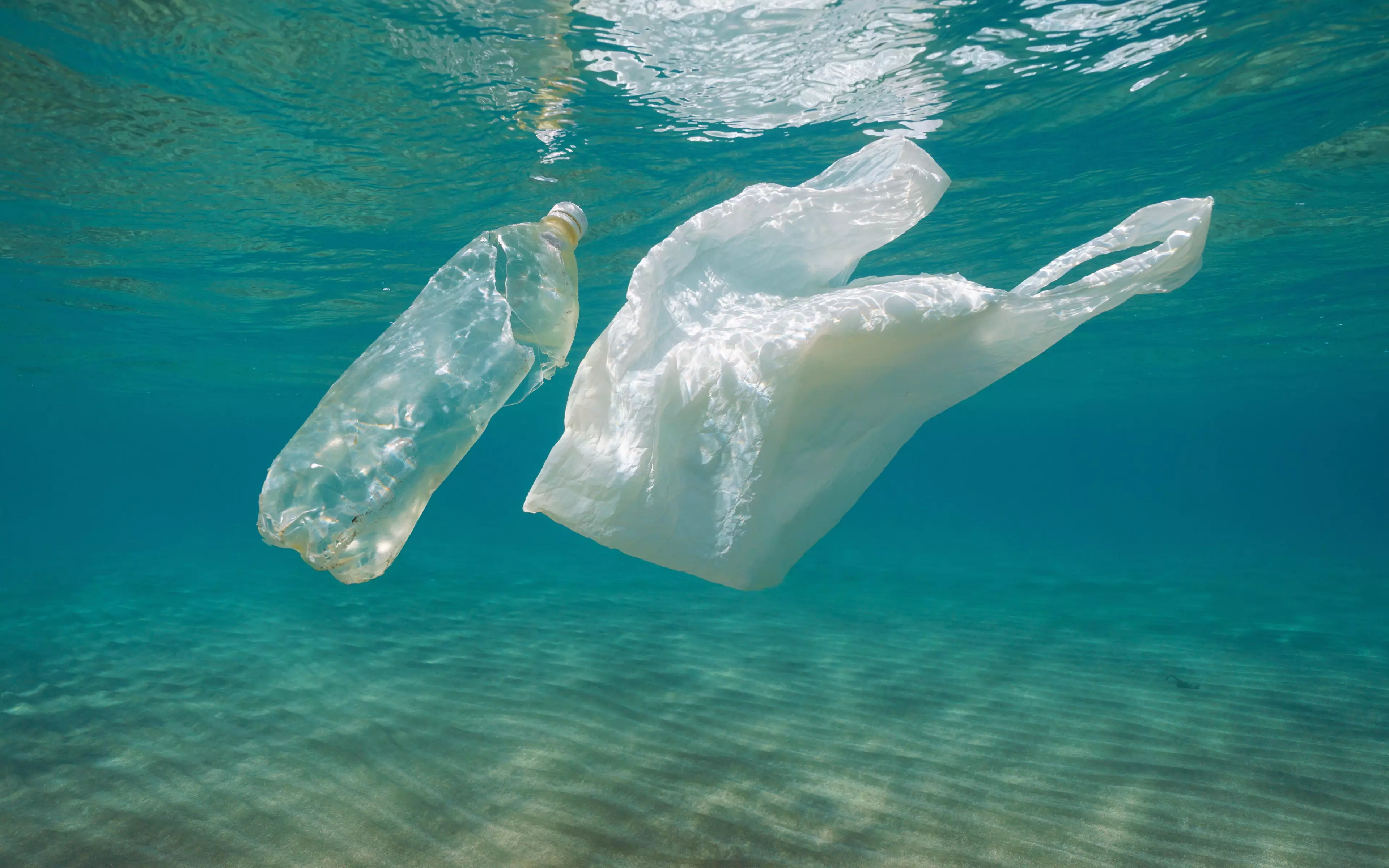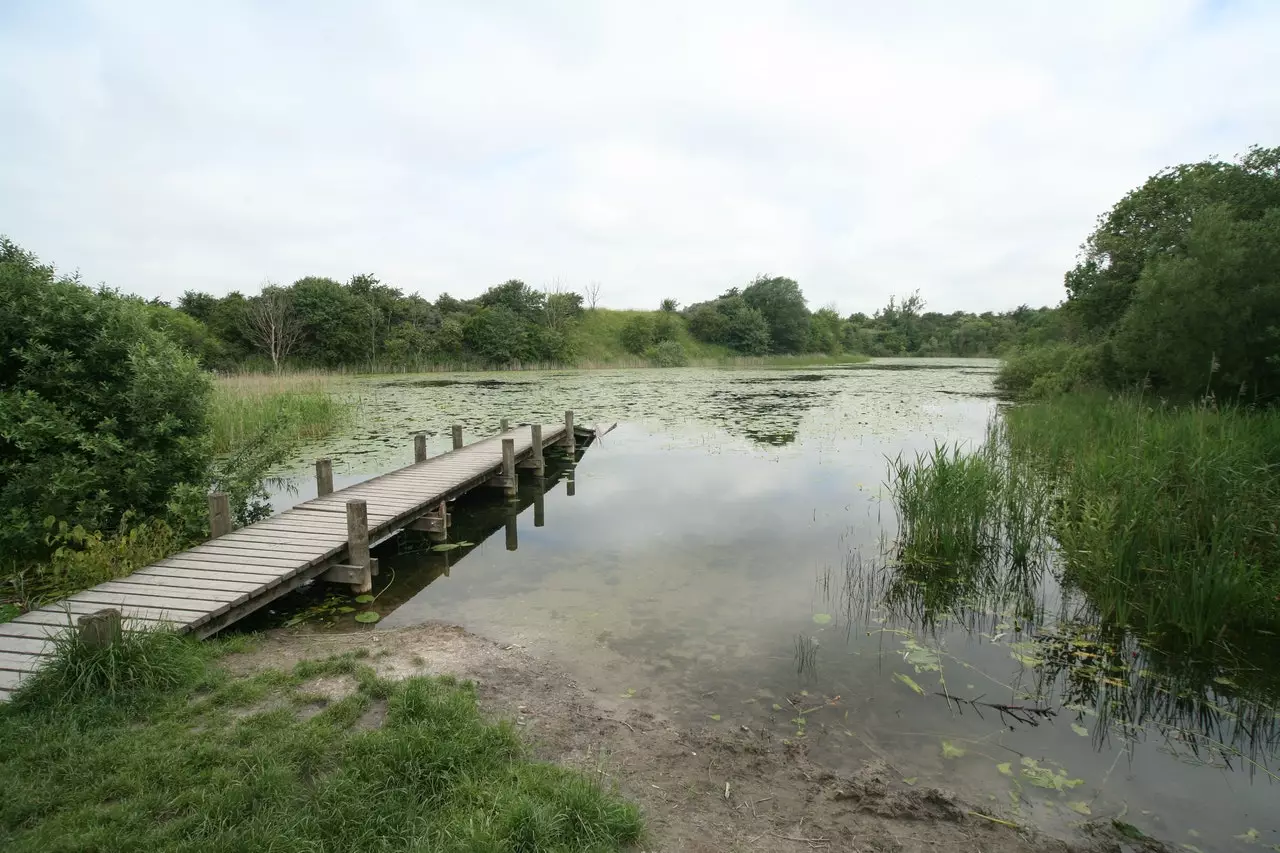
The chances of there being a 'mass extinction' of human life are increasing, scientists say.
Their foundation for research mainly consists of looking at harmful algal and bacterial blooms that are found in rivers or lakes.
As reported by Vice, the study shows these blooms could be an early indicator of an 'ecological disaster' which 'parallels the worst extinction event in Earth's history'.
Advert
Yikes.
Around 251 million years ago, the 'Great Dying' occurred and it was said to have wiped out almost 90 percent of the Earth's population, which was the largest ever extinction in the Earth's history.

According to a team led by Chris Mays, the toxic algal and bacterial blooms during the Great Dying are similar to a recent microbial proliferation in modern lakes and rivers.
Advert
Mays is a postdoctoral researcher and palaeobotanist at the Swedish Museum of Natural History in Stockholm.
He told Vice: "We are not there yet.
"There was probably a six-fold increase in carbon dioxide during the EPE, but today carbon dioxide levels haven't yet doubled since pre-industrial times.
"But with the present steep increase in carbon dioxide, we're playing catch-up pretty well.
Advert
"And the chances of harmful microbial bloom events, along with many other deleterious facets of change (e.g., intense hurricanes, floods, wildfires), also rise...all the way up this steep carbon dioxide slope.
"The three main ingredients for this kind of toxic soup are accelerated greenhouse gas emissions, high temperatures, and abundant nutrients."

He added: "During the EPE and other extreme warming events, volcanic eruptions provided the first two, while sudden deforestation caused the third.
Advert
"Specifically: when the trees were wiped out, the soils bled into the rivers and lakes, providing all the nutrients that the microbes would need.
"Today, humans are providing all three of the ingredients in abundance.
"Carbon dioxide and warming are the inevitable byproducts of burning fossil fuels for hundreds of years, and we've provided copious nutrients into our waterways, mostly from agriculture and logging.
"Together, this mix has led to a sharp increase in freshwater toxic blooms."
Advert
Mays concluded: "The concentrations of algae from the end-Permian event, the worst mass extinction in Earth's history, were as high as some bloom events we see today.
"But the EPE blooms occurred without humans helping."
Featured Image Credit: NASATopics: World News, Earth